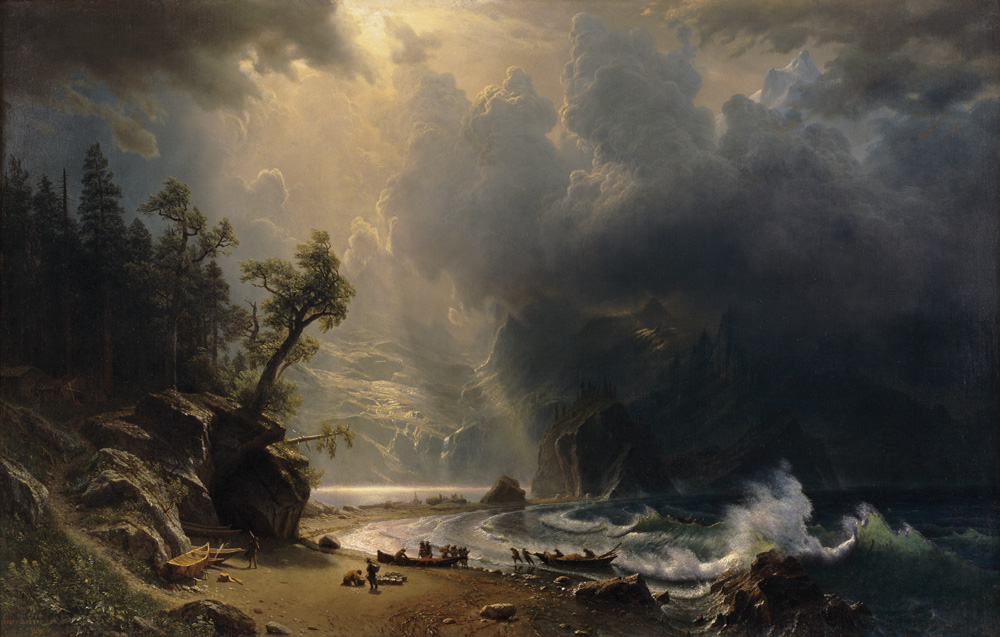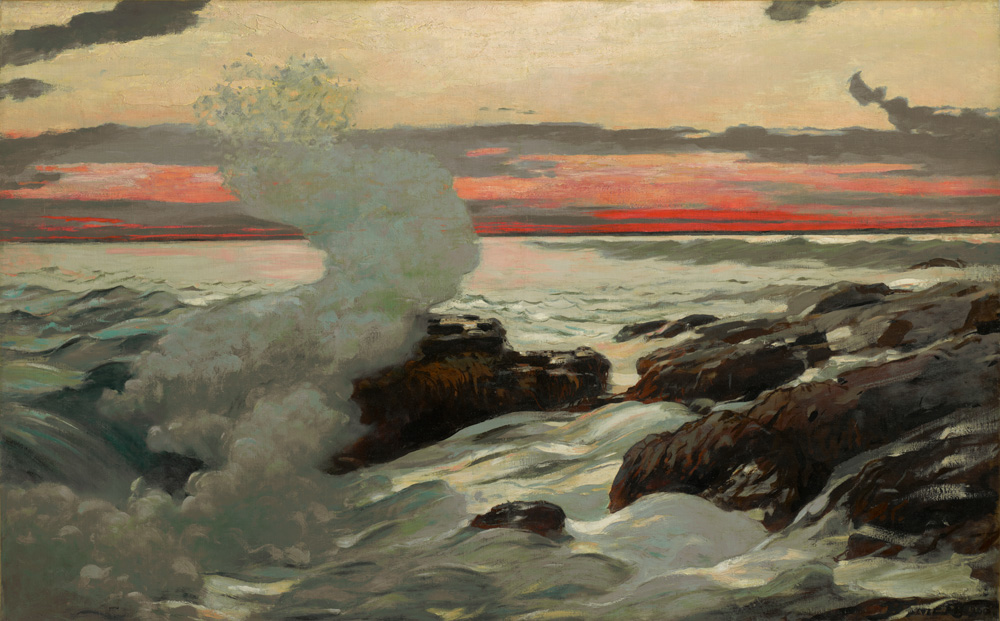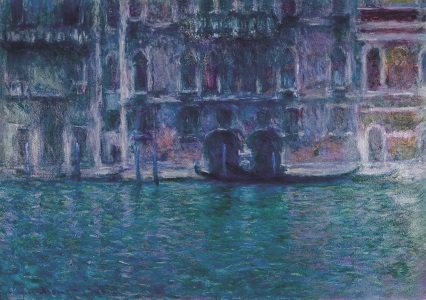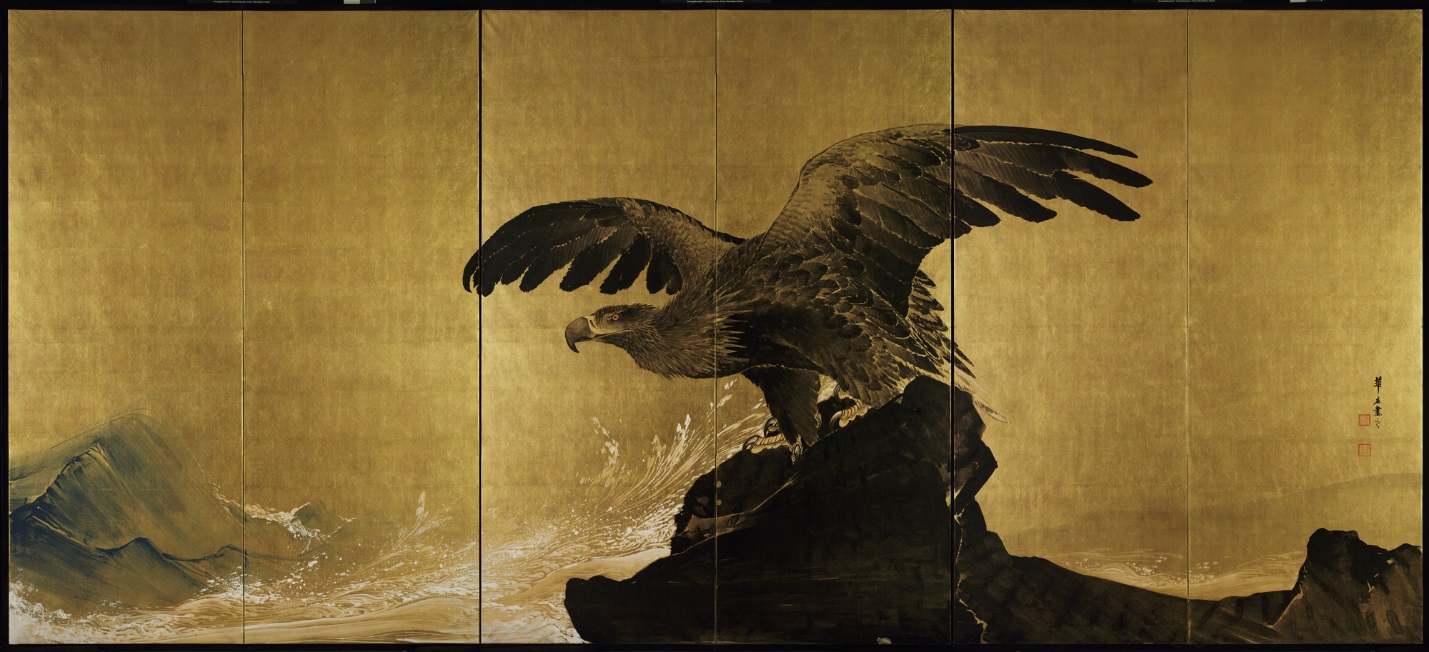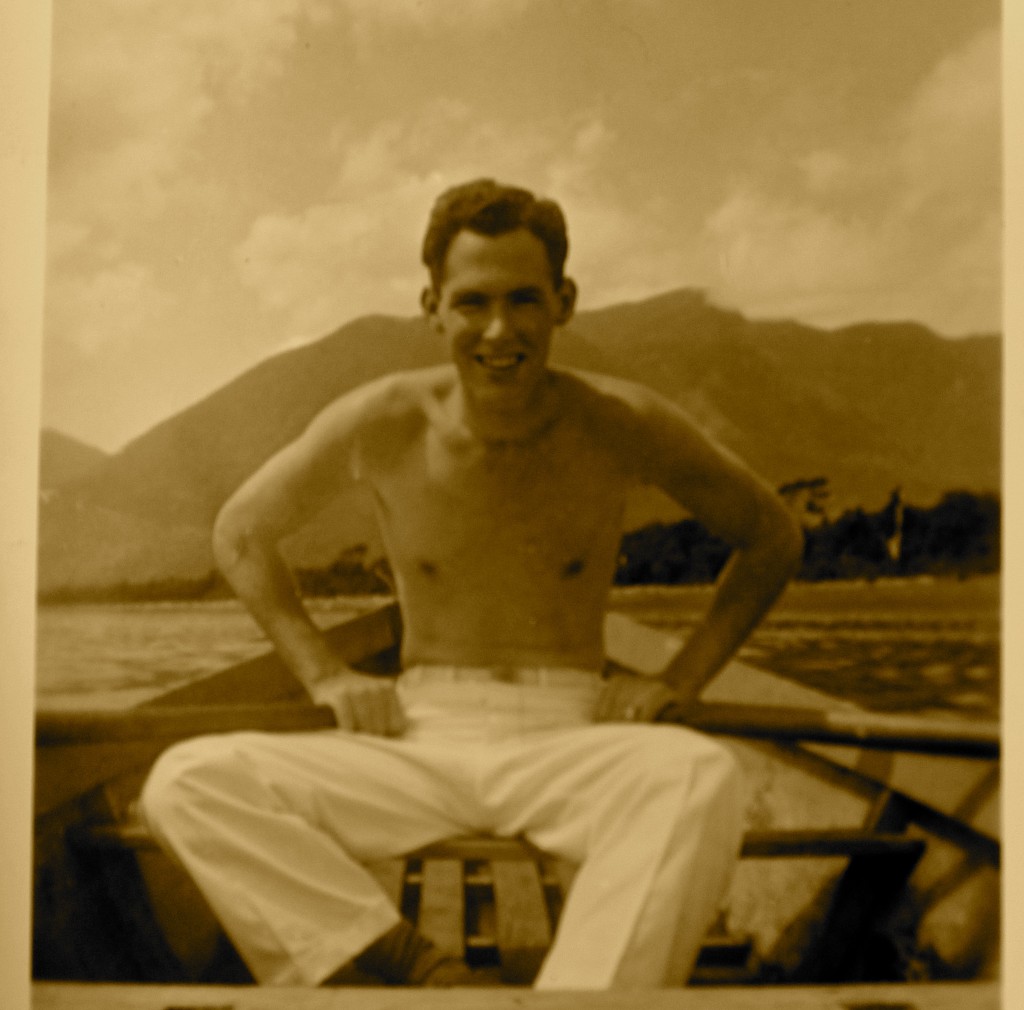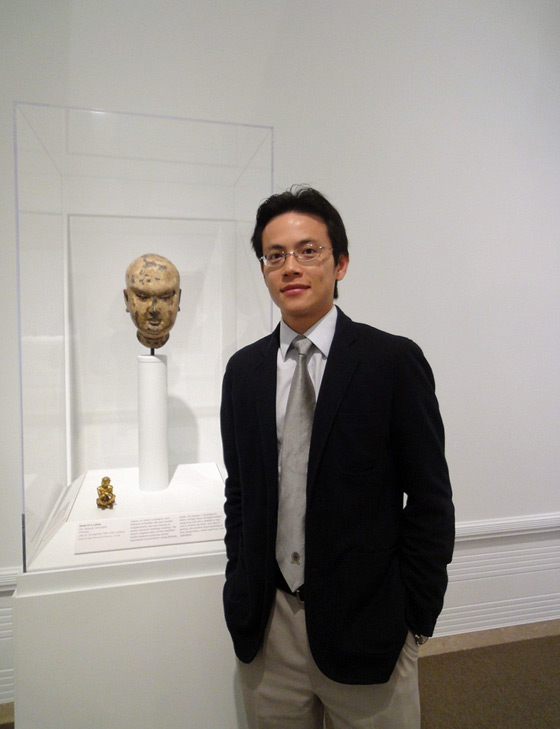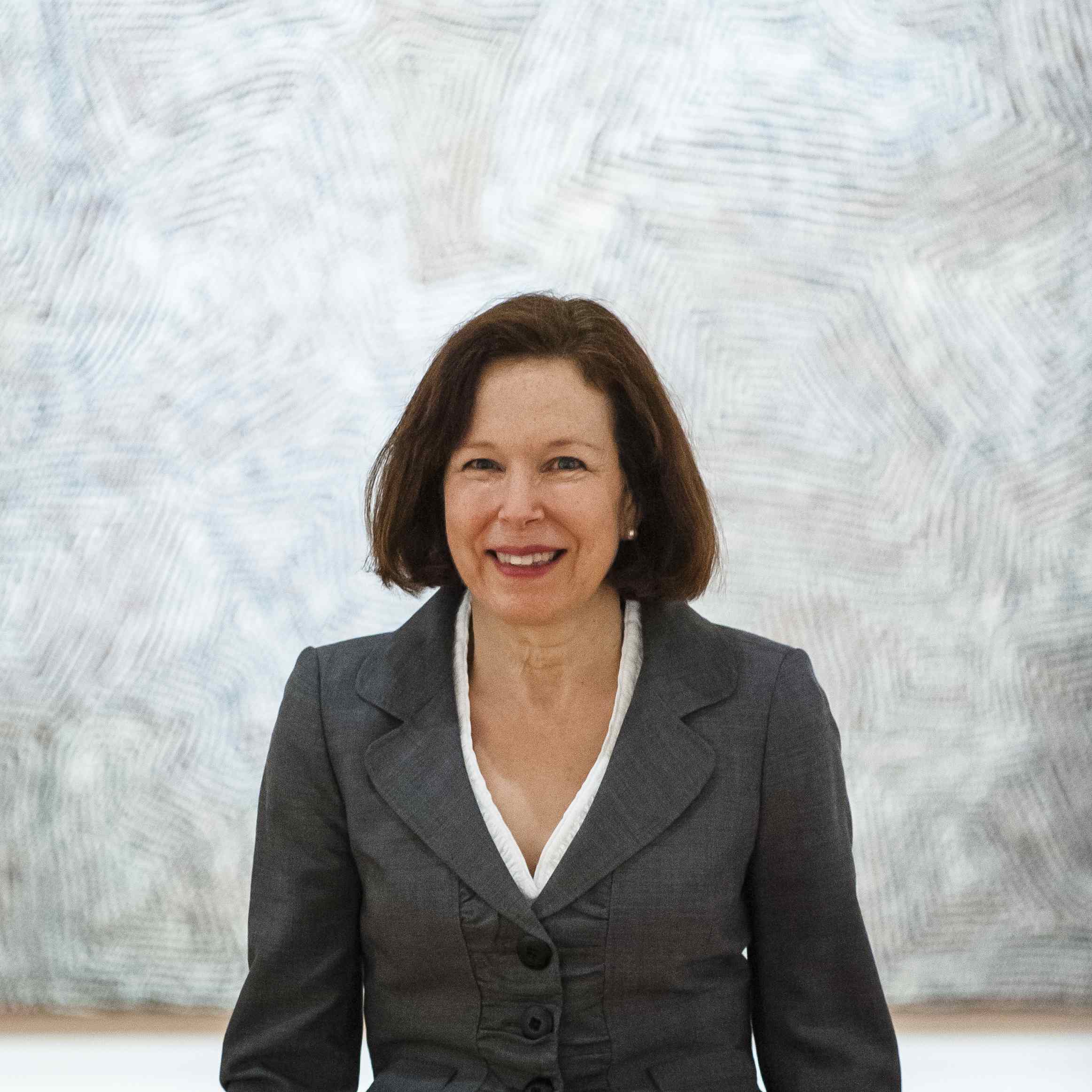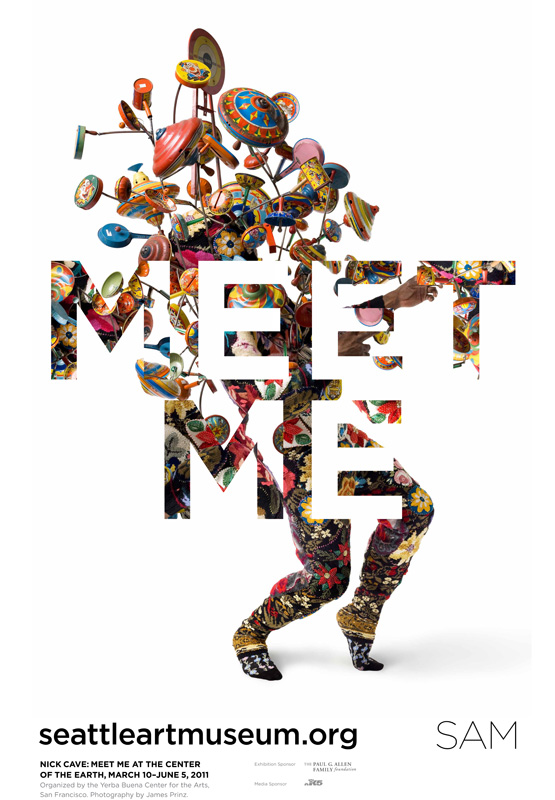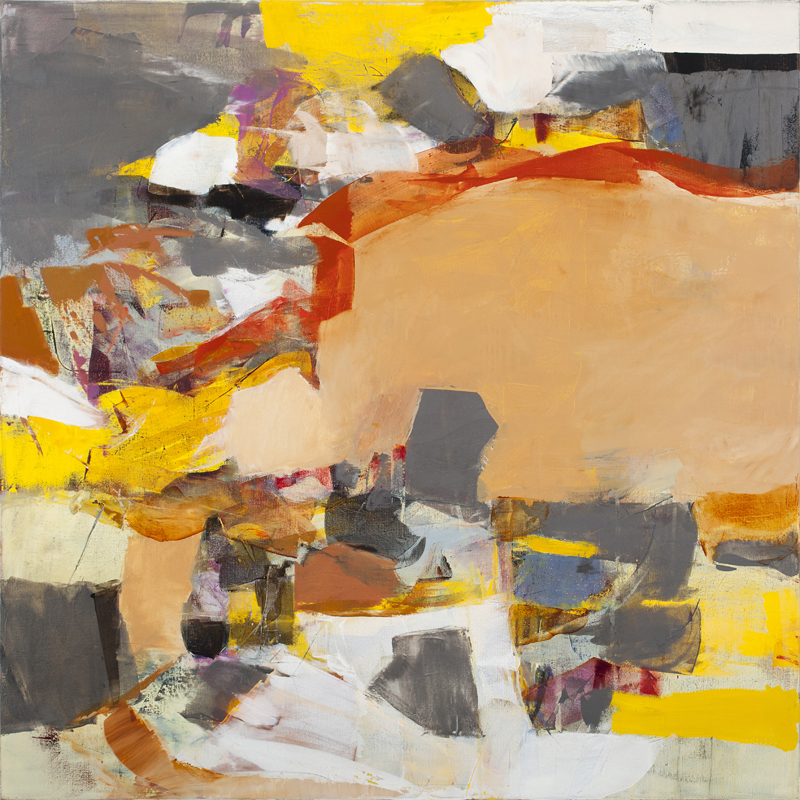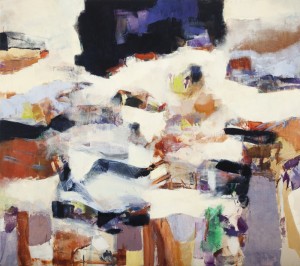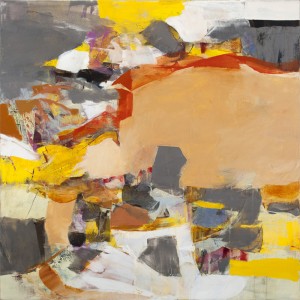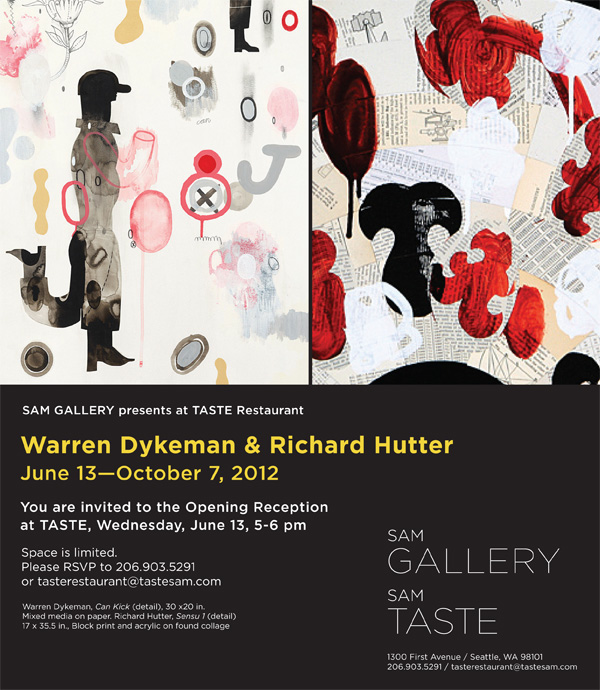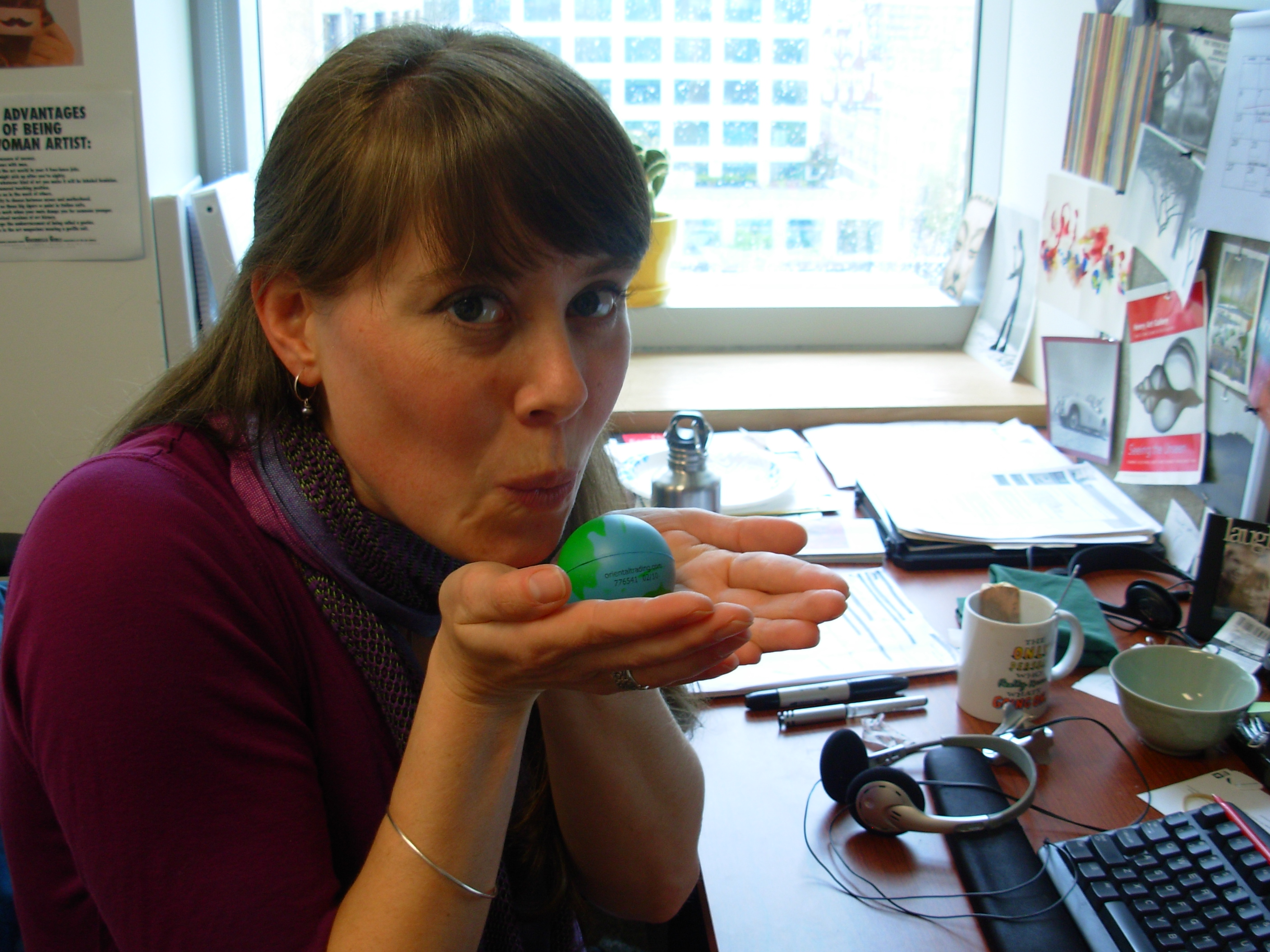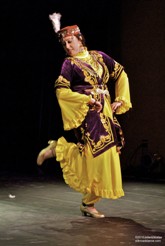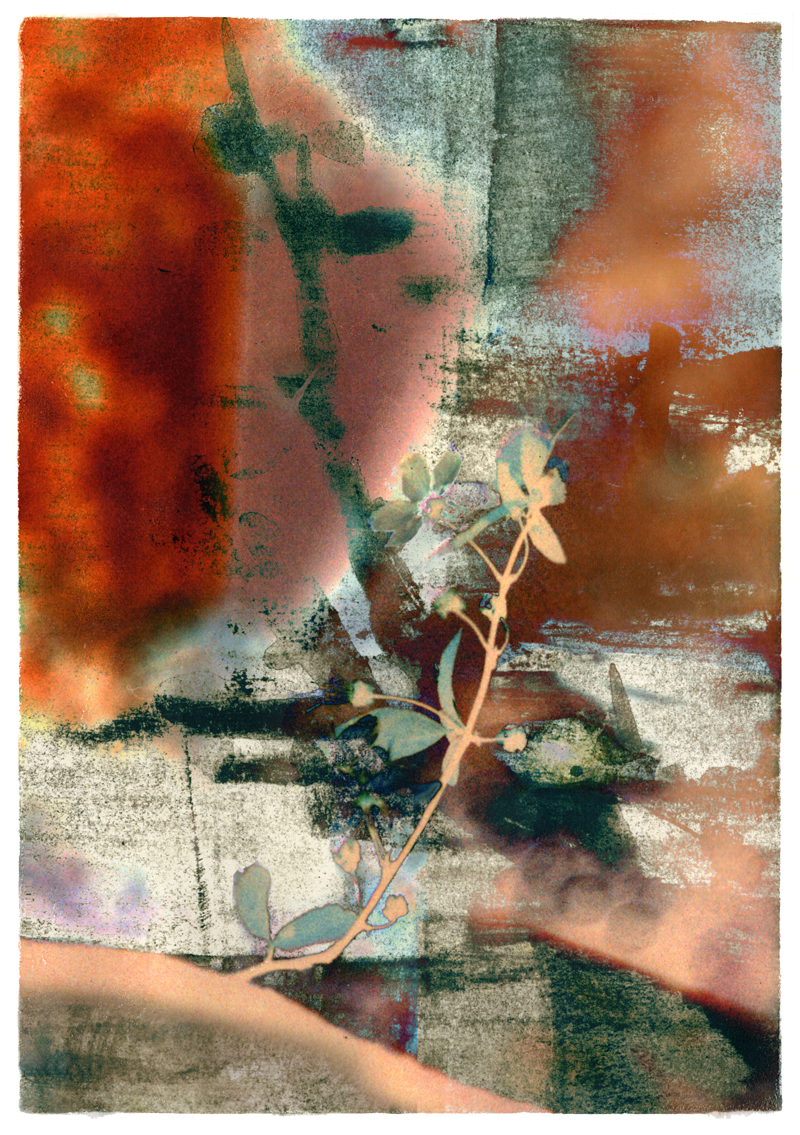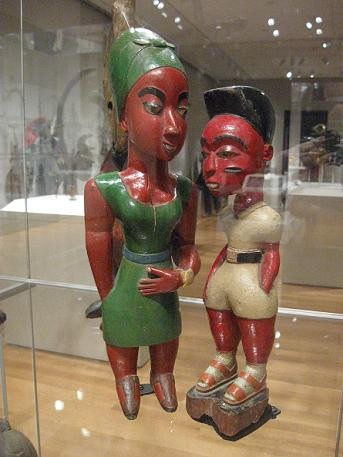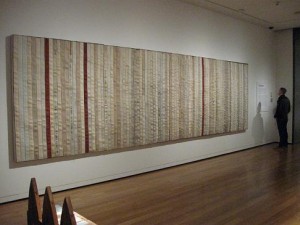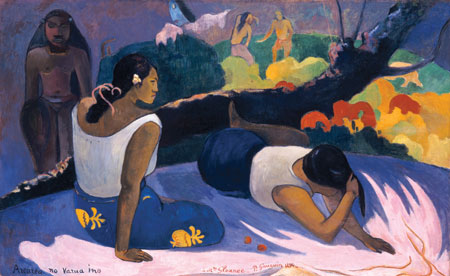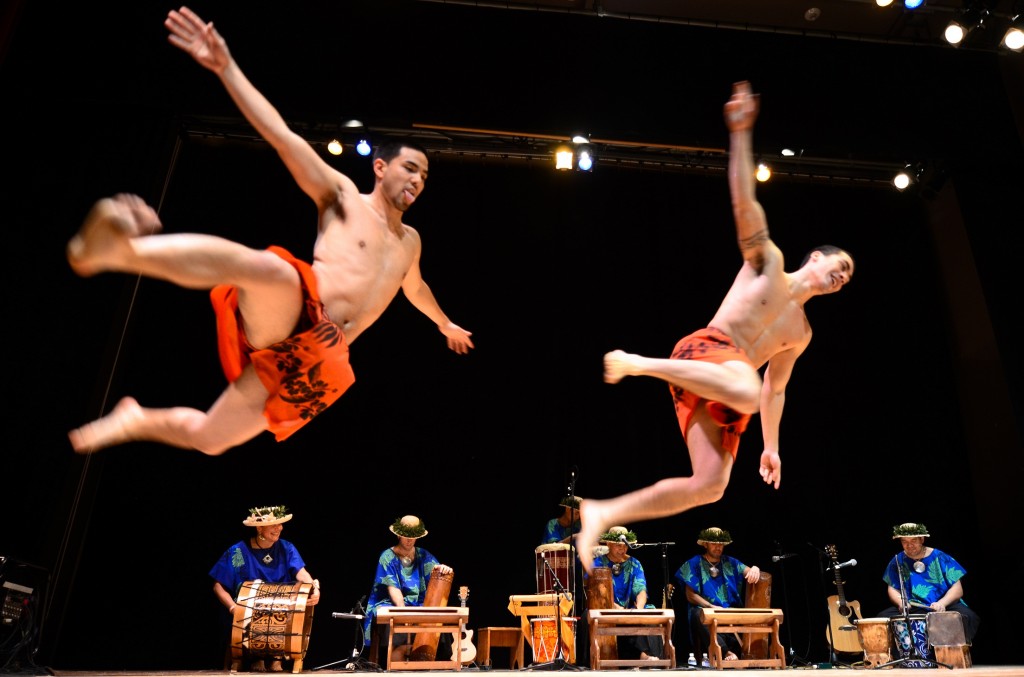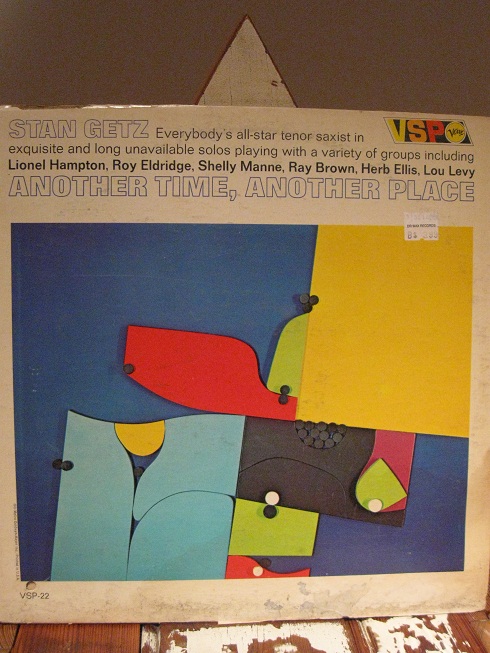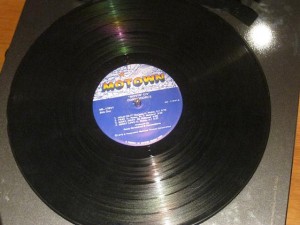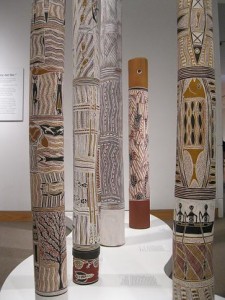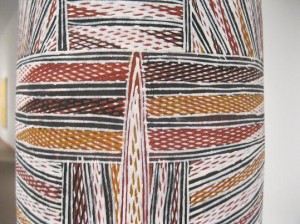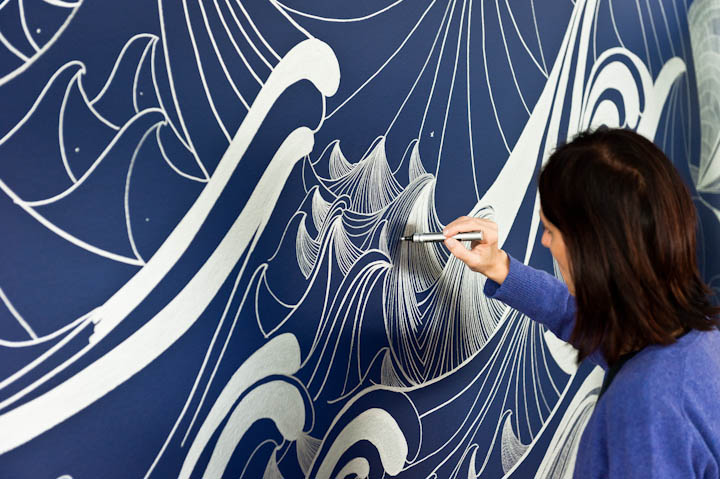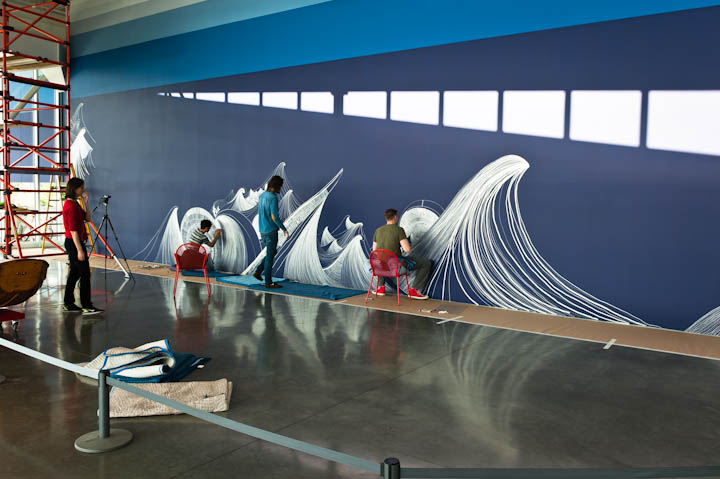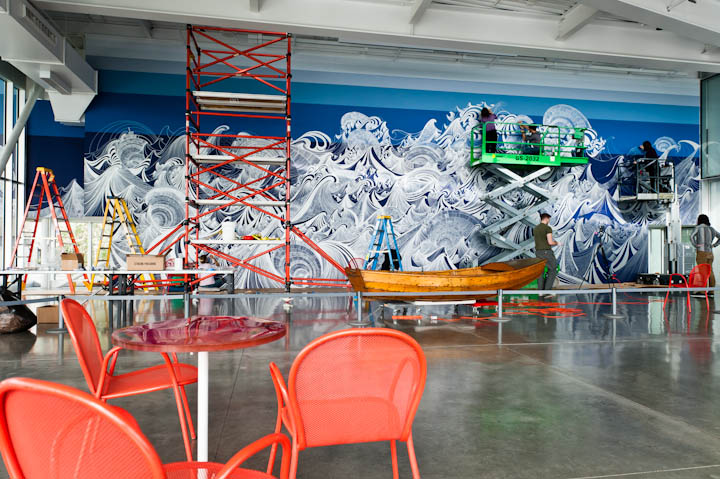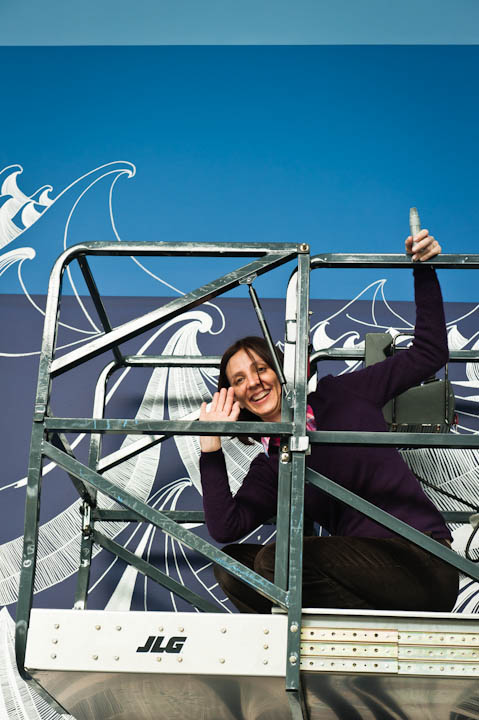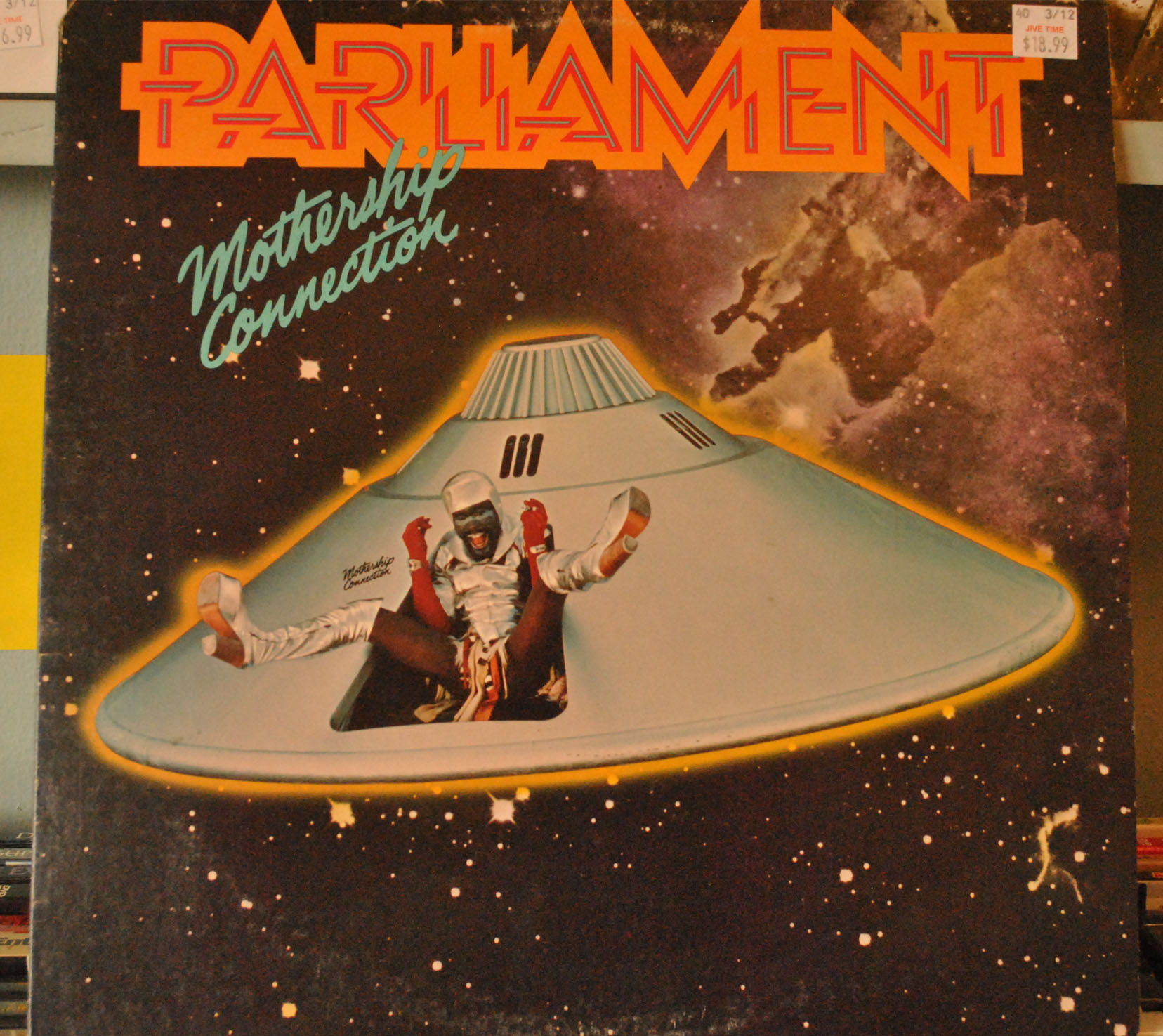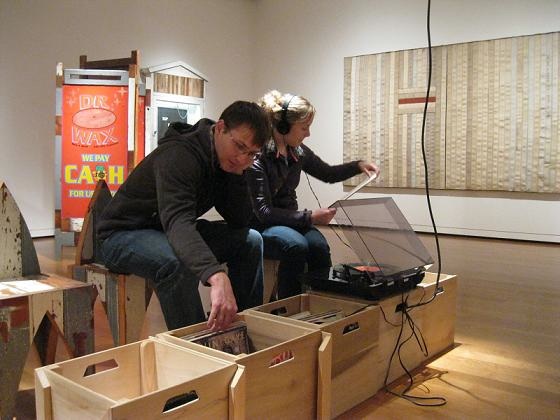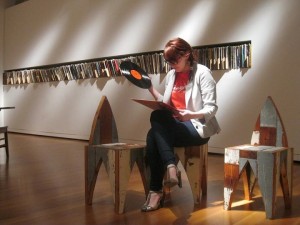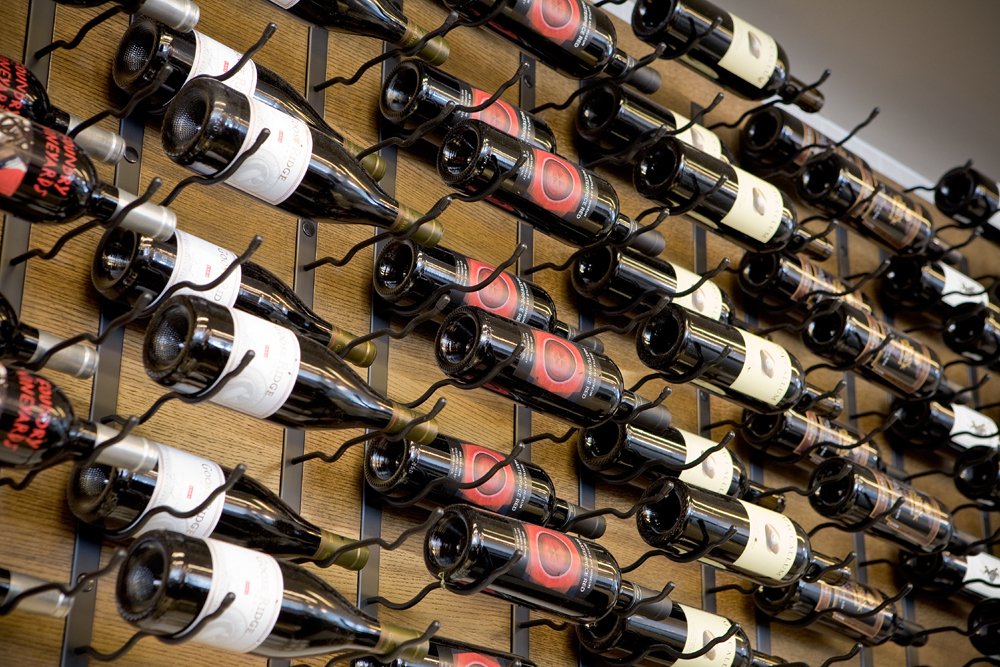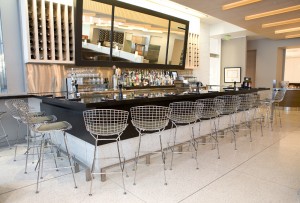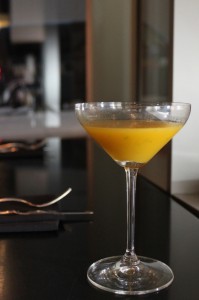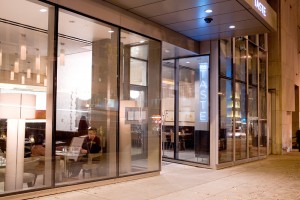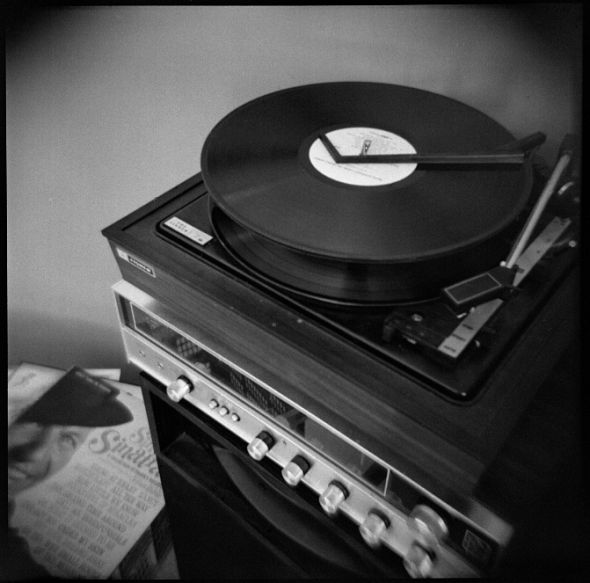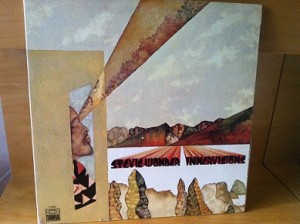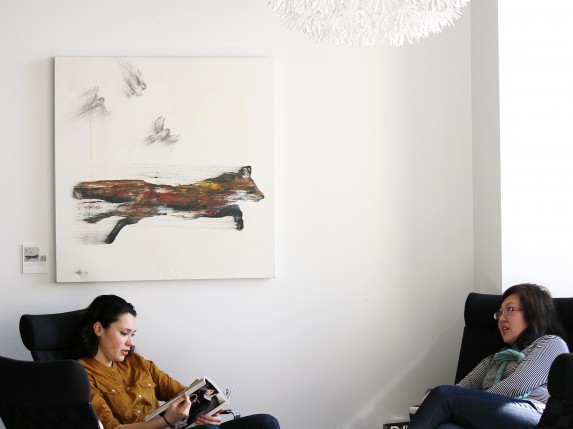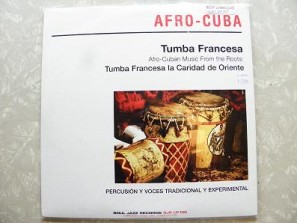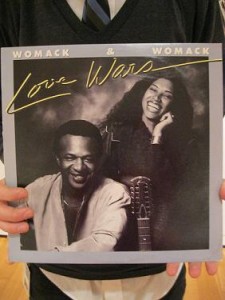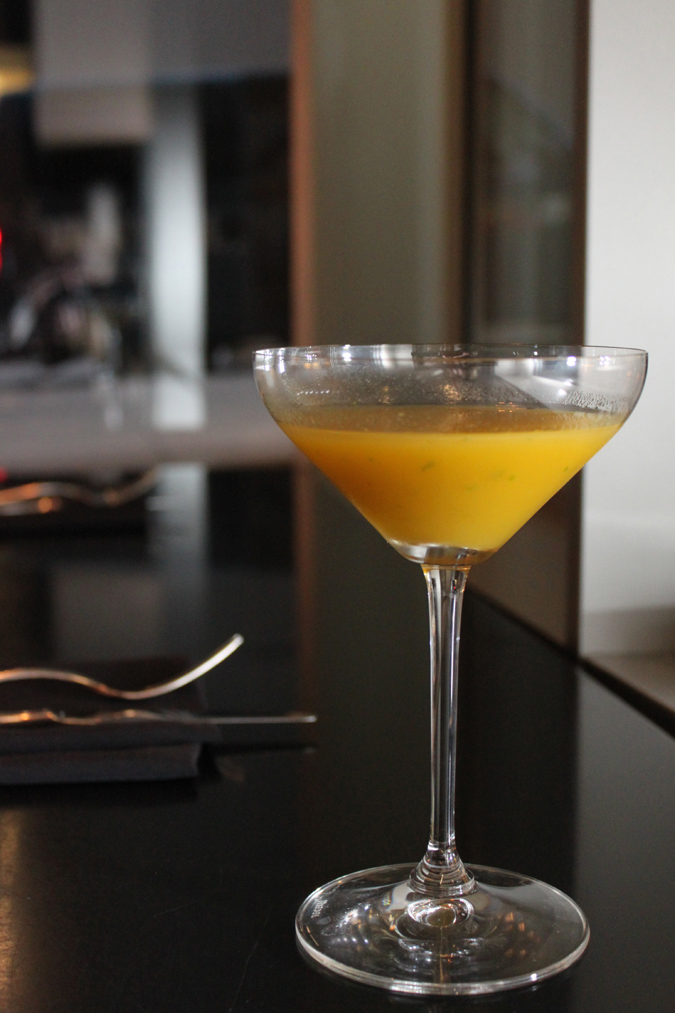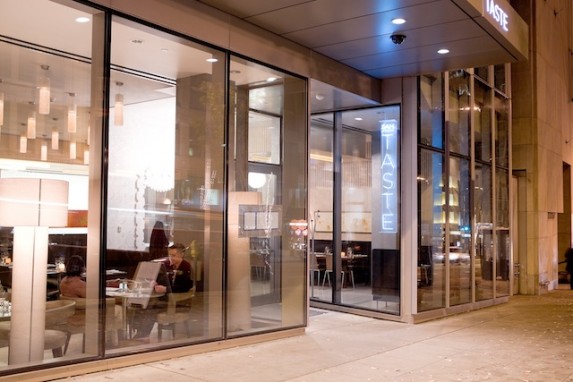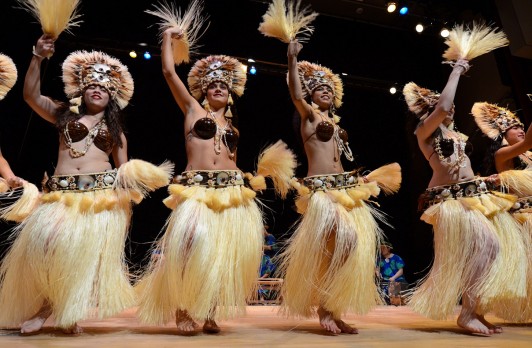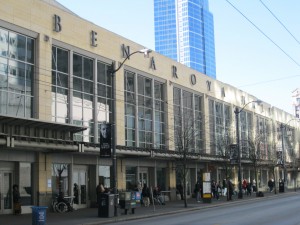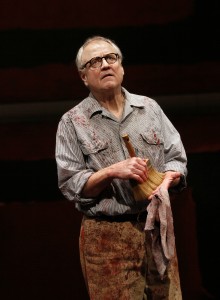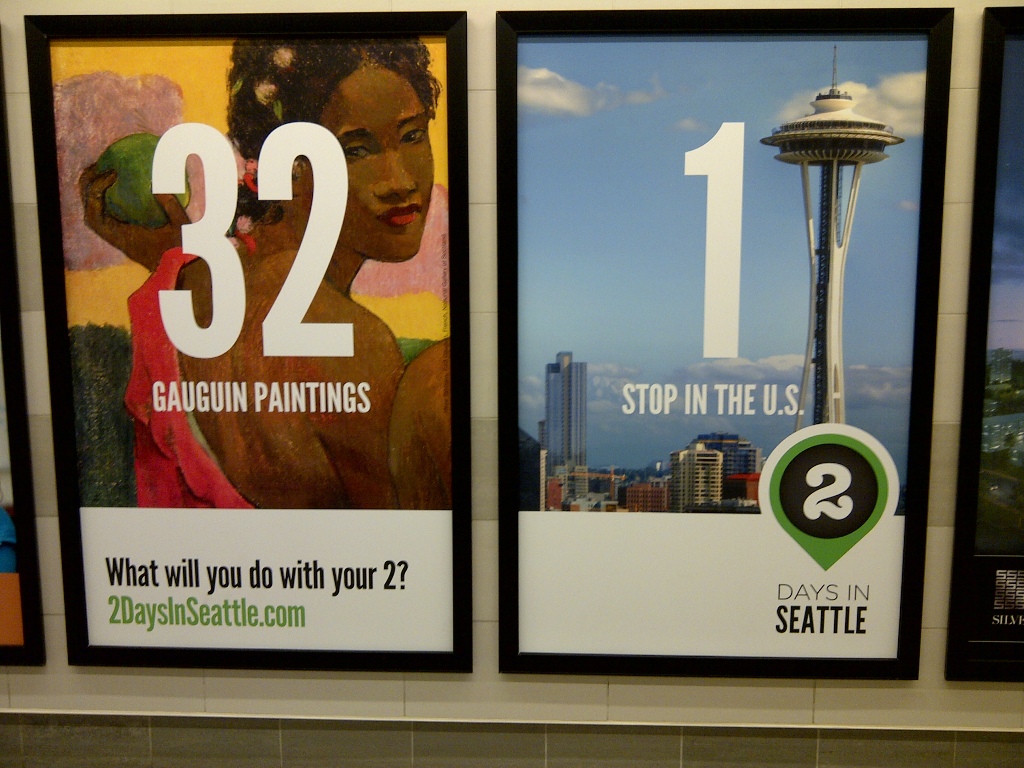Featured above: Le Palais da Mula, 1908, Claude Monet, oil on canvas, 26 1/16 x 36 3/4 in.
The Seattle Art Museum and the Portland Art Museum today announced a major exhibition exploring the evolution of European and American landscape painting. Seeing Nature: Landscape Masterworks from the Paul G. Allen Family Collection will feature some 40 paintings from five centuries of masterpieces drawn from the collection of Microsoft co-founder and philanthropist Paul G. Allen.
“This is a rare opportunity for the public to see these landscape masterpieces from Paul Allen’s extraordinary collection,” said Kimerly Rorschach, the Illsley Ball Nordstrom Director and CEO of the Seattle Art Museum. “It is especially meaningful here in Mr. Allen’s hometown of Seattle where his generous support of the arts has made a significant impact.”
The exhibition—which is being co-organized by the Seattle Art Museum, the Portland Art Museum and the Paul G. Allen Family Collection – will premiere at the Portland Art Museum in October 2015 and will conclude in Seattle in early 2017 at the Seattle Art Museum. The exhibition will also travel to The Phillips Collection in Washington, D.C, the Minneapolis Institute of Arts and the New Orleans Museum of Art.
“Paul Allen is one of the Northwest’s most significant art collectors and philanthropists,” said Brian Ferriso, The Marilyn H. and Dr. Robert B. Pamplin Jr. Director of the Portland Art Museum. “His willingness to share his landscape masterpieces with our visitors continues his exceptional generosity and is a wonderful opportunity to be inspired by works of art that reflect his personal vision.”
Seeing Nature explores the development of landscape painting from a small window on the world to expressions of artists’ experiences with their surroundings on land and sea. The exhibition begins with Jan Brueghel the Younger’s allegorical series of the five senses. These exquisite, highly detailed paintings provide a platform for visitors to explore the exhibition by considering their own experience with the world through sight, touch, smell, sound, and taste.
The next section of the exhibition demonstrates the power of landscape to locate the viewer in time and place—to record, explore, and understand the natural and man-made world. Artists began to interpret the specifics of a picturesque city, a parcel of land, or dramatic natural phenomena. Venice, one of Paul Allen’s favorite cities, also attracted many artists from outside Italy; his collection features a stunning group of evocative Venetian scenes by Canaletto, Édouard Manet, Claude Monet, and J.M.W. Turner, among others.

Water Lily Pond, 1919, Claude Monet, oil on canvas, Paul G. Allen Family Collection.
In the 19th century, the early Impressionists focused on direct observation of nature. The Allen collection is particularly strong in the works of Monet, who embodied this practice, drawing Paul Cézanne’s famous comment, “Monet is only an eye, but my God, what an eye.” Five great Monet landscapes spanning thirty years are featured, from views of the French countryside to one of his late immersive representations of water lilies, Le Bassin aux Nymphéas of 1919. Cézanne himself and fellow Post-Impressionists such as Vincent van Gogh used a more frankly subjective approach to create works such as La Montagne Sainte-Victoire (1888-90) and Orchard with Peach Trees in Blossom (1888). The exhibition also features a rare landscape masterpiece by the Austrian painter Gustav Klimt, Birch Forest of 1903.
“The Allen collection invites viewers to think about landscape and our place in the world through the eyes of great artists. One may focus on a familiar setting and help us see the special qualities of our everyday surroundings, while another is captivated by the overwhelming grandeur of an extraordinary site like the Grand Canyon,” says Chiyo Ishikawa, Susan Brotman Deputy Director for Art and Curator of European Painting and Sculpture at the Seattle Art Museum.

Black Iris VI, 1936, Georgia O’Keeffe, oil on canvas, 36 x 24 in, Paul G. Allen Family Collection.
The last part of the exhibition explores the paintings of European and American artists working in the complexity of the 20th century. In highly individualized ways, artists as diverse as Georgia O’Keeffe, Edward Hopper, David Hockney, Gerhard Richter, and Ed Ruscha bring fresh perspectives to traditional landscape subjects.
“The final section of the exhibition exposes the diversity of artists’ use of the landscape genre from psychological dreamscape to the basis of formal theoretical trope,” said Bruce Guenther, Chief Curator and the Robert and Mercedes Eichholz Curator of Modern and Contemporary Art, Portland Art Museum, and the curator of the exhibition.
The exhibition will be accompanied by a full-color, hard-bound publication documenting the featured works with essays by Chiyo Ishikawa and Bruce Guenther, and descriptions of all the works by the curatorial staffs of both museums.
Seeing Nature: Landscape Masterworks from the Paul G. Allen Family Collection is co-organized by Portland Art Museum, Seattle Art Museum, and the Paul G. Allen Family Collection.
About the Seattle Art Museum
The Seattle Art Museum provides a welcoming place for people to connect with art and to consider its relationship to their lives. SAM is one museum in three locations: the Seattle Art Museum in downtown Seattle, the Asian Art Museum in Volunteer Park, and the Olympic Sculpture Park on the downtown waterfront. SAM collects, preserves, and exhibits objects from across time and across cultures, exploring the dynamic connections between past and present. For more than eight decades, the Seattle Art Museum has been one of the Pacific Northwest’s leading visual arts institutions. The collections of the Seattle Art Museum number approximately 25,000 objects and are distinguished in the areas of African art, American art, Ancient Mediterranean and Islamic art, Asian art, decorative arts, European art, modern and contemporary art, Native and Meso-American art, and Oceanic and Aboriginal art. The museum has a membership of more than 35,000 households and serves more than 750,000 visitors annually at its three sites. For more information, call 206.654.3100 or visitsam.org.
About the Portland Art Museum
The seventh oldest museum in the United States, the Portland Art Museum is internationally recognized for its permanent collection and ambitious special exhibitions drawn from the Museum’s holdings and the world’s finest public and private collections. The Museum’s collection of more than 45,000 objects, displayed in 112,000 square feet of galleries, reflects the history of art from ancient times to today. The collection is distinguished for its holdings of arts of the native peoples of North America, English silver, and the graphic arts. An active collecting institution dedicated to preserving great art for the enrichment of future generations, the Museum devotes 90 percent of its galleries to its permanent collection. The Museum’s campus of landmark buildings, a cornerstone of Portland’s cultural district, includes the Jubitz Center for Modern and Contemporary Art, the Gilkey Center for Graphic Arts, the Schnitzer Center for Northwest Art, the Northwest Film Center, and the Confederated Tribes of Grand Ronde Center for Native American Art. With a membership of more than 22,000 households and serving more than 350,000 visitors annually, the Museum is a premier venue for education in the visual arts. For information on exhibitions and programs, call 503.226.2811 or visit portlandartmuseum.org.
About Paul G. Allen
Paul G. Allen is a leading investor, entrepreneur and philanthropist who has given more than $1.5 billion to charitable causes over his lifetime. He founded Vulcan Inc. in 1986 with Jody Allen to oversee his business and philanthropic activities. Today, that Seattle-based company oversees a wide range of Allen’s investments and projects throughout the world. In 2003, he created the Allen Institute for Brain Science to accelerate understanding of the human brain in health and disease and, a decade later, launched the expansion of the Allen Institute for Artificial Intelligence to explore opportunities for development in the field of AI. He is the co-founder of The Paul G. Allen Family Foundation, which has awarded more than $494 million to nonprofits in the Pacific Northwest and beyond. For more information, go to www.pgafamilyfoundation.org and www.vulcan.com.
Le Palais da Mula, 1908, Claude Monet, oil on canvas, 26 1/16 x 36 3/4 in. Water Lily Pond, 1919, Claude Monet, oil on canvas, Paul G. Allen Family Collection. Black Iris VI, 1936, Georgia O’Keeffe, oil on canvas, 36 x 24 in.
